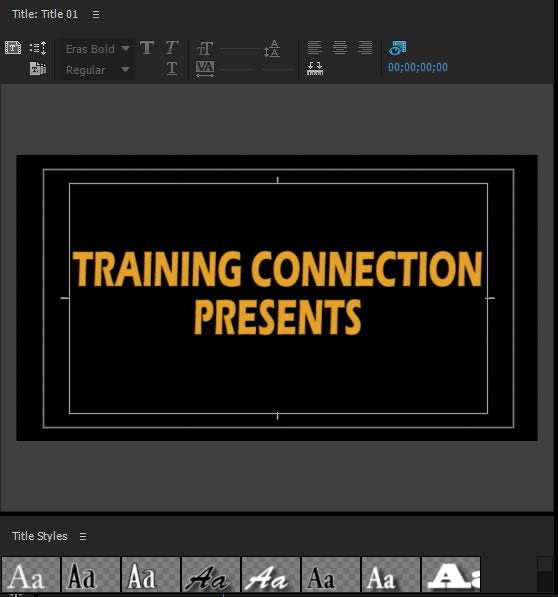
- #Add delete text ireal pro how to
- #Add delete text ireal pro serial
- #Add delete text ireal pro driver
This time we successfully opened 2045 files. We’ll use the ulimit command and the -n (open files) option with a numeric value of 2048. If we increase the soft limit and run our program again, we should see it open more files. If it does need them, you need to increase its file handle limit. Once you’ve identified the process, you need to figure out whether it has gone rogue and is opening too many files because it is out of control, or whether it really needs those files.

To see more or fewer entries adjust the -15 parameter to the head command. lsof | awk '' | sort -rn | uniq -c | sort -rn | head -15 It’ll tell you the fifteen most prolific users of file handles on your computer. To start your investigation you could use this sequence of piped commands. Of course, In a real-world situation, you might not know which process has just gobbled up all the file handles. Handily, it prints its process ID to the terminal window. We can see these using the lsof command with the -p (process) option and the process ID of the open-filesprogram.
#Add delete text ireal pro how to
RELATED: How to Use the Linux lsof Command These always have file descriptor values of 0, 1, and 2. They’re created automatically for each process. What happened to the other three file handles? They were used for the STDIN, STDOUT, and STDERR streams. It opens 1021 files and fails as it tries to open file 1022.ġ024 minus 1021 is 3. The program is called open-files./open-Files It then waits for a keystroke before relinquishing all the file handles it used. To create a situation where we can see the soft limit being enforced, we created a program that repeatedly opens files until it fails. To see the current soft and hard limits, use ulimit with the -S (soft) and -H (hard) options, and the -n (open files) option. The root user can increase their hard limit. A regular, non-root, user can raise their soft limit to any value up to their hard limit.

The way to think about this is the soft limit really is the “current value” and the upper limit is the highest value the current value can reach. There’s a hard limit too, and this is the highest value that you can raise the soft limit to. One is the value it is currently set to, or that you’re trying to set it to. There are actually two values to consider when you’re adjusting this number. It’s possible to adjust the number of files a process can open. Once you’ve used up all of your file handles, you’re done. It’s worth noting that opening the same file 1024 times concurrently is the same as opening 1024 different files concurrently. The important figure is the number of files a process can open. So that’s another theoretical maximum, and one you’ll never realistically achieve. Of course, many of those processes will be already used by your desktop environment and other background processes. ulimit -nĪnd to find the maximum number of processes a user can have we’ll use ulimit with the -u (user processes) option. To find out the maximum number of files that one of your processes can open, we can use the ulimit command with the -n (open files) option.

Whether your poor computer could actually cope with that many files open at once is another matter altogether.Īt the user level, there isn’t an explicit value for the maximum number of open files you can have. It’s the largest possible value you can hold in a 64-bit signed integer. This returns a preposterously large number of 9.2 quintillion. The system-wide maximum number of file handles can be seen with this command. Almost everything in the operating system is using file handles. The count of open files isn’t just the number of files you’ve opened. You can see that behind the scenes Linux is opening files and using file handles just to run itself-never mind your user processes. Both of these special files can only be accessed by using file handles. Libraries used by a program use a file handle, streams use file handles, and network connections use file handles.Ībstracting all of these different requirements so that they appear as files simplifies interfacing with them and allows such things as piping and streams to work.
#Add delete text ireal pro serial
Character special files are very similar, but they are more often used with devices that have a concept of throughput, such as pipes and serial ports.īlock special files handle blocks of data at a time and character special files handle each character separately.
#Add delete text ireal pro driver
But other actions such as opening a directory uses a file handle too. Linux uses block special files as a sort of driver for hardware devices. Sometimes they’ll be just that, plain old files. Linux abstracts almost everything so that it appears as though it is a file.


 0 kommentar(er)
0 kommentar(er)
